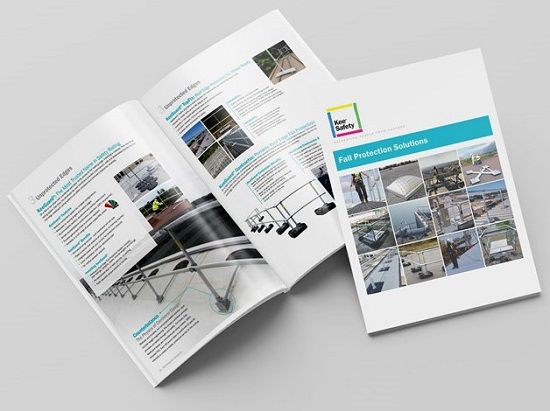 Saturday, May 4, 2024
Saturday, May 4, 2024  Saturday, May 4, 2024
Saturday, May 4, 2024 
Ask a typical person on the street what the difference is between passive and active, and the response will probably relate to lifestyle.
“A passive person sits on the couch and watches TV, but an active person is out jogging and exercising.”
Ask a worker on a rooftop what the difference is between passive and active fall protection, and the answer would be counterintuitive to lifestyle choices.
Like the person just sitting on the couch doing nothing, the rooftop worker does not have to do anything to be protected by a passive fall protection system.
A building constructed with a parapet of sufficient height (at least 42”) or that has a perimeter railing system that meets regulatory standards is thus protected. The worker does not need a harness or any other fall restraint device when up on the roof.
The fall protection system is already in place and will always be there for workers to perform their tasks. Workers not having to do anything defines the fall protection system as passive. (Since several workers are protected at once, a railing system is also known as “collective” fall protection.)
The most common passive rooftop fall protection type is a modular perimeter guardrail system for a flat or low-slope roof. It can be custom designed to meet the roof configuration and, in the case of KeeGuard®, does not penetrate the roof membrane. A railing system can be permanent, or a set of temporary rails set up and removed when needed, such as KeeGuard® Contractor.
Skylights and roof hatches also require fall protection. Data compiled by regulatory agencies attest that falls through skylights are more common than falls over roof edges. Skylights may look solid and secure, but they are holes in the roof and not always as safe as they appear.
Passive fall protection for skylights can be a safety railing system around the skylight, such as Kee Dome Railings®, or a screen that attaches to and fits over the skylight, such as Kee Cover®. For roof hatches—obvious openings in the roof—railings such as Kee Hatch® (with a self-closing safety gate) provide appropriate fall protection.
Sloped, standing seam, and other types of roofs may require walkways with railings to provide passive fall protection. Obstructions and trip hazards on roofs—piping, change in level—can be protected (passively) by “cross-over” steps with railings.
Keep reading this article on KeeSafety.ca